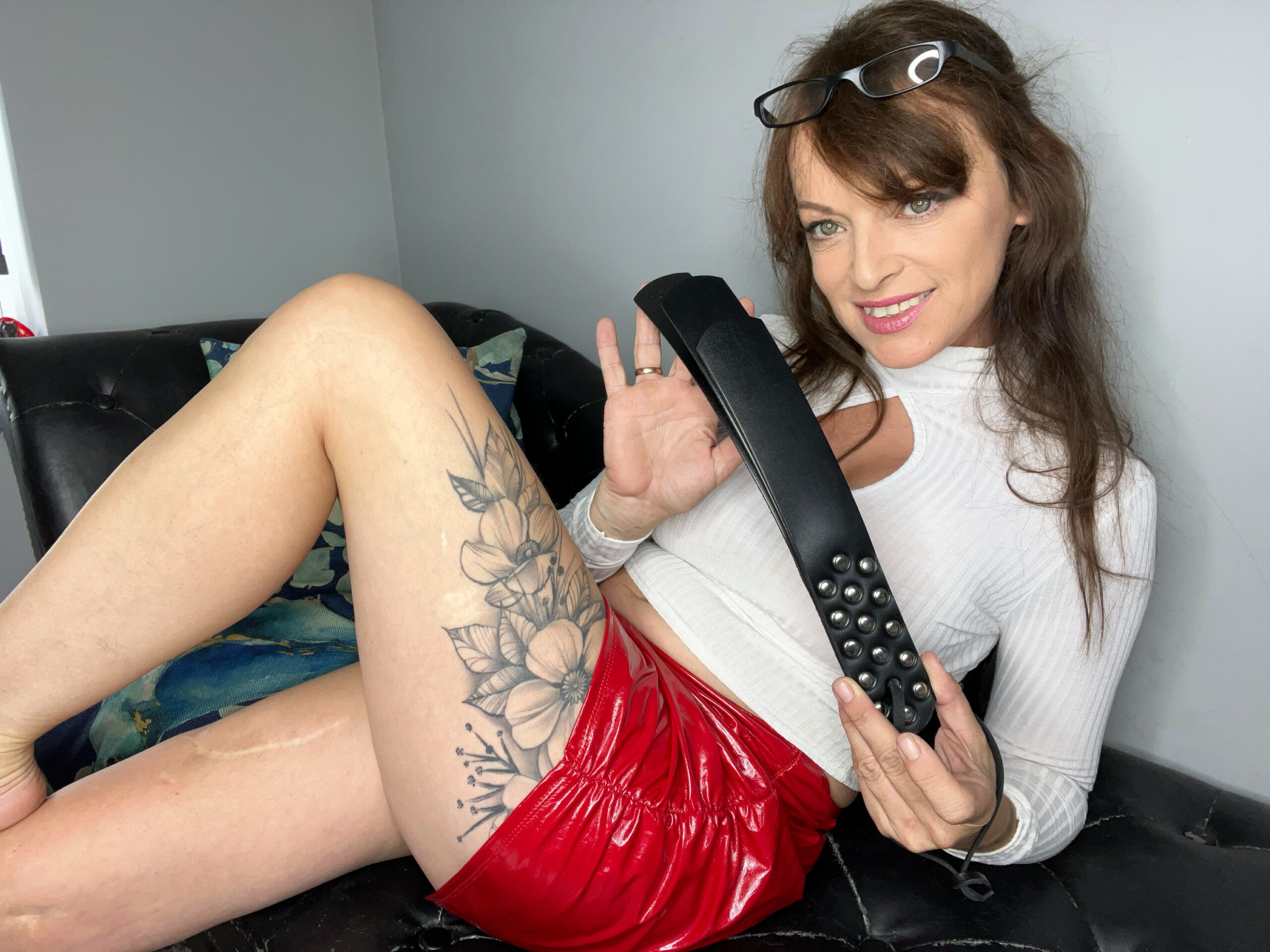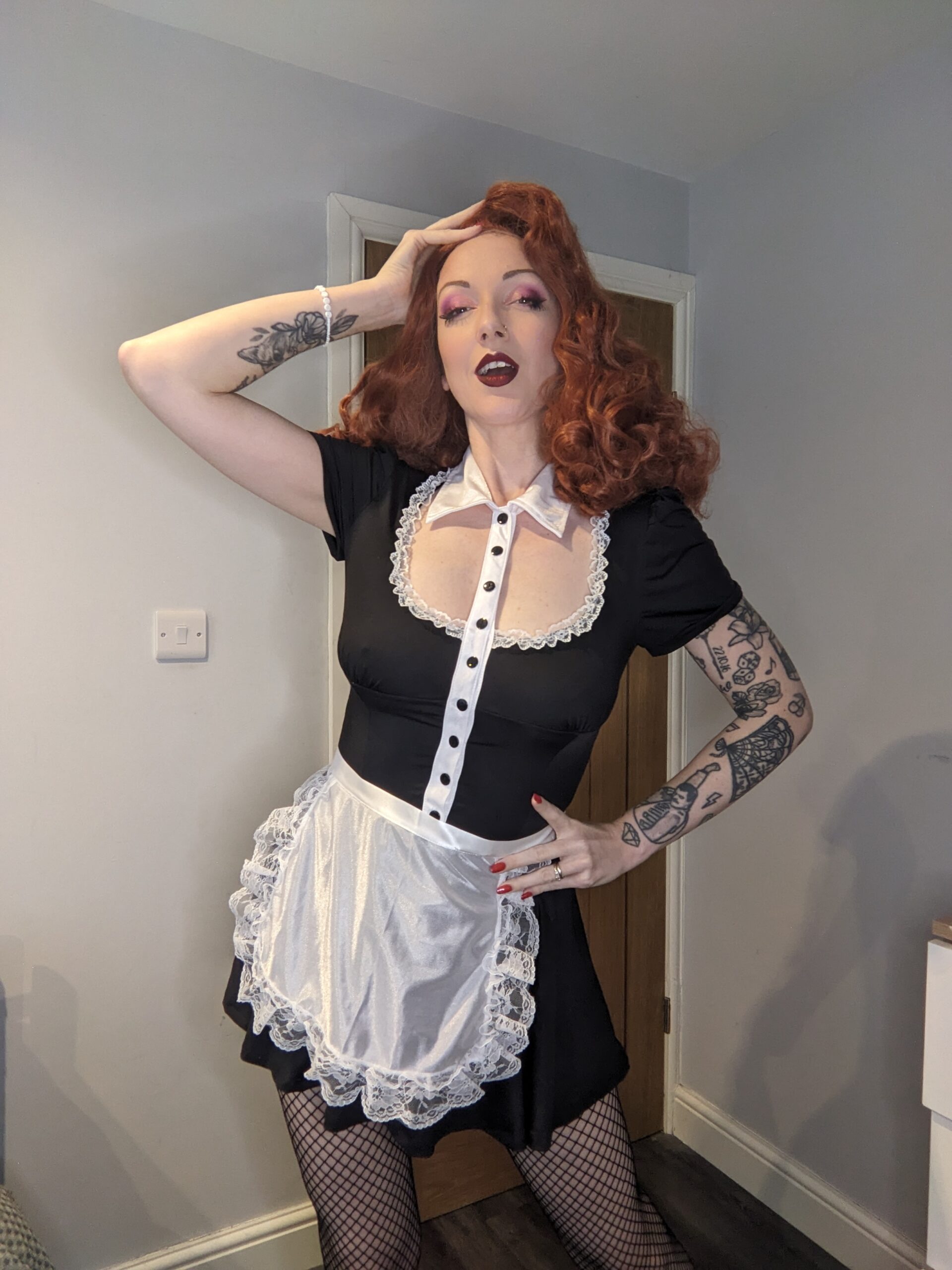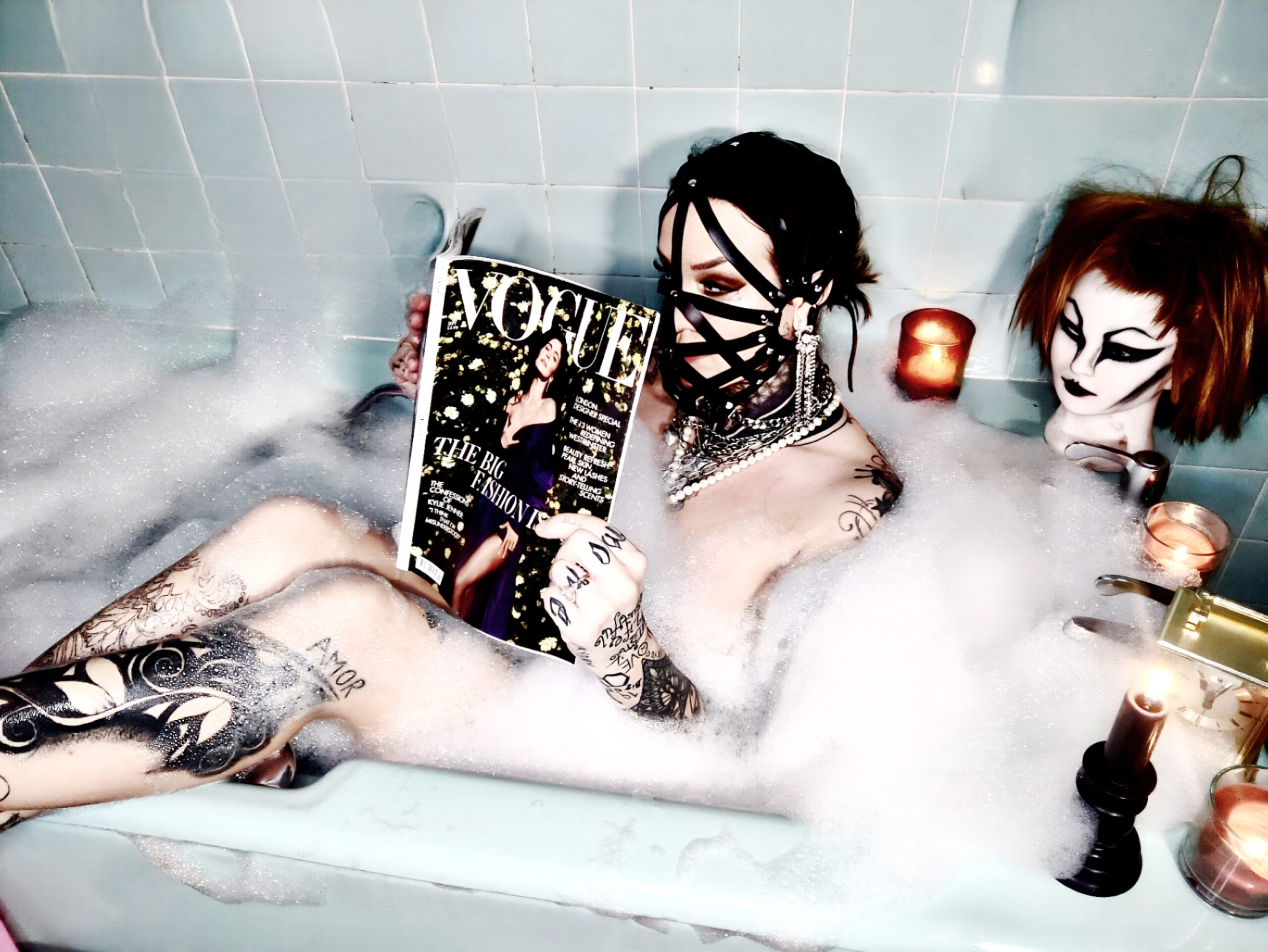Dating Apps and Platforms
Dating apps have revolutionized the way people connect, offering a seemingly endless pool of potential partners at our fingertips. However, for non-binary individuals, navigating these platforms can present unique challenges and experiences.
Challenges Faced by Non-Binary Users
One of the primary challenges faced by non-binary users is the often rigid binary gender options presented on dating apps. These platforms typically offer only “male” or “female” choices, forcing non-binary individuals to select a category that doesn’t accurately reflect their identity. This can lead to feeling misrepresented, uncomfortable, and potentially even unsafe as their chosen label may not align with the expectations of others.
Furthermore, non-binary users may encounter biases and assumptions from other users based on their profile information or appearance. Some individuals may struggle to understand non-binary identities, leading to questions, inappropriate comments, or outright rejection. This can create a disheartening and isolating experience, making it difficult to find genuine connections.
Another challenge lies in the lack of visibility and representation for non-binary individuals within dating app communities. Limited options for expressing gender identity beyond the binary can make it challenging for non-binary users to connect with others who share their experiences and understand their needs. This can contribute to feelings of loneliness and a sense of being excluded from mainstream dating culture.
Strategies for Navigating App Profiles and Preferences
To navigate these challenges, non-binary individuals may opt to use platforms known for inclusivity or customize their profiles to clearly express their gender identity. Using pronouns in the bio and opting for profile pictures that accurately reflect their presentation can help establish a sense of authenticity and minimize potential misunderstandings.
It’s also crucial for non-binary daters to be selective about who they engage with. Filtering by keywords like “open-minded,” “respectful,” or “non-binary friendly” can help identify users who are more likely to create a welcoming and supportive environment.
Open communication is key. Don’t hesitate to clarify your gender identity and preferences upfront in conversations. Setting boundaries and addressing any disrespectful behavior immediately can contribute to a safer and more positive dating experience.
The Role of Binary Categories and Labeling Systems
Dating apps, while designed to connect people, often rely on binary categories for gender identification. This presents significant challenges for non-binary individuals who do not identify as strictly male or female. Being forced to choose a category that doesn’t align with their identity can lead to feelings of discomfort, misrepresentation, and even safety concerns.
These rigid systems can also perpetuate biases and misunderstandings. Non-binary double sided dildo users may encounter assumptions and questions based on their profile information or appearance, leading to rejection or inappropriate interactions. This lack of understanding can create a disheartening experience, making it difficult to find genuine connections.
Furthermore, the limited visibility of non-binary individuals within dating app communities contributes to feelings of isolation. The absence of diverse representation and options for expressing gender identity beyond the binary can make it challenging for non-binary users to connect with others who share their experiences and understand their needs.
Communication and Expectations
Navigating the world of online dating can be complex, but for non-binary individuals, it presents unique hurdles.
Understanding Pronoun Usage and Identity Labels
It is essential to cultivate a culture of understanding and inclusivity when discussing gender identity within dating contexts. Language plays a crucial role in shaping these perceptions, and using accurate pronouns and respecting chosen identity labels is paramount.
When engaging with someone whose gender identity you are unsure about, politely asking for their preferred pronouns is always the best approach. Phrases like “What pronouns do you use?” or “Could you tell me your preferred pronouns?” demonstrate respect and a willingness to learn.
Using incorrect pronouns can be deeply hurtful and invalidating to an individual. It sends a message that their identity is not acknowledged or respected. Making an effort to use the correct pronouns demonstrates empathy and creates a more inclusive environment.
Similarly, it’s important to respect individuals’ chosen identity labels. Whether someone identifies as non-binary, genderfluid, agender, or any other label, it’s crucial to use the terms they identify with. Avoid using outdated or dismissive language, and be mindful that gender identity is a deeply personal aspect of self-expression.
Navigating Conversations About Gender and Relationships
Open and honest communication is essential for building healthy relationships, and this is especially true when navigating conversations about gender and expectations in dating.
When discussing your own gender identity with a potential partner, be clear and direct about your pronouns and how you identify.
Don’t be afraid to share your experiences and any challenges you may face as a non-binary person. This can help your partner understand your needs and build a more supportive connection.
It is also important to create a safe space for your partner to express their own thoughts and feelings about gender.
Encourage open dialogue and actively listen to their perspectives, even if they differ from your own.
Remember that dating should be a journey of discovery and mutual respect.
Setting Boundaries and Managing Uncomfortable Interactions
Communication is fundamental in navigating the complexities of dating, particularly for non-binary individuals. Clearly expressing your gender identity, pronouns, and expectations upfront can prevent misunderstandings and foster a respectful connection.
Setting boundaries is equally important. Define what behaviors are acceptable and unacceptable to you, whether it’s regarding language, interactions, or assumptions made about your identity.
When confronted with uncomfortable situations, such as inappropriate comments or questions, address them directly. Assert yourself calmly but firmly, reiterating your boundaries and expectations.
Remember, you have the right to walk away from any interaction that makes you feel unsafe or disrespected. Prioritize your well-being and seek out connections with individuals who demonstrate genuine respect for your identity.
Dating Experiences and Challenges
Dating in the digital age has transformed the way people connect, offering a seemingly endless pool of potential partners through dating apps. However, this new landscape presents unique challenges for non-binary individuals who navigate a world often defined by rigid binary categories.
Finding Compatible Matches and Building Connections

Navigating the world of online dating can be complex, but for non-binary individuals, it presents unique hurdles.
One of the primary challenges faced by non-binary users is the often rigid binary gender options presented on dating apps. These platforms typically offer only “male” or “female” choices, forcing non-binary individuals to select a category that doesn’t accurately reflect their identity. This can lead to feeling misrepresented, uncomfortable, and potentially even unsafe as their chosen label may not align with the expectations of others.
Furthermore, non-binary users may encounter biases and assumptions from other users based on their profile information or appearance. Some individuals may struggle to understand non-binary identities, leading to questions, inappropriate comments, or outright rejection. This can create a disheartening and isolating experience, making it difficult to find genuine connections.
Another challenge lies in the lack of visibility and representation for non-binary individuals within dating app communities. Limited options for expressing gender identity beyond the binary can make it challenging for non-binary users to connect with others who share their experiences and understand their needs. This can contribute to feelings of loneliness and a sense of being excluded from mainstream dating culture.
To navigate these challenges, non-binary individuals may opt to use platforms known for inclusivity or customize their profiles to clearly express their gender identity. Using pronouns in the bio and opting for profile pictures that accurately reflect their presentation can help establish a sense of authenticity and minimize potential misunderstandings.
It’s also crucial for non-binary daters to be selective about who they engage with. Filtering by keywords like “open-minded,” “respectful,” or “non-binary friendly” can help identify users who are more likely to create a welcoming and supportive environment.
Open communication is key. Don’t hesitate to clarify your gender identity and preferences upfront in conversations. Setting boundaries and addressing any disrespectful behavior immediately can contribute to a safer and more positive dating experience.
Dealing with Misunderstandings and Prejudice
Dating can be challenging for anyone, but for non-binary individuals, it often presents unique obstacles.
One major hurdle is the prevalence of rigid binary gender options on dating apps. Being forced to choose between “male” or “female” when one’s identity falls outside of that spectrum can be incredibly frustrating and invalidating. This lack of inclusivity can lead to feelings of discomfort, misrepresentation, and even safety concerns.
Beyond the initial profile setup, non-binary individuals may encounter biases and misunderstandings from other users. Some people may struggle to comprehend non-binary identities, leading to intrusive questions, inappropriate comments, or outright rejection. These experiences can be deeply disheartening and make it difficult to find genuine connections.
Furthermore, the limited visibility of non-binary representation within dating app communities contributes to feelings of isolation. The lack of diverse options for expressing gender identity beyond the binary can make it challenging for non-binary individuals to connect with others who share their experiences and understand their needs.
There are ways to navigate these challenges, though. Non-binary daters can explore platforms known for inclusivity, or they can customize their profiles to clearly state their pronouns and gender identity.
Open communication is crucial. Don’t hesitate to clarify your identity and preferences upfront in conversations. Setting boundaries with potential partners and addressing any disrespectful behavior immediately is essential for creating a safe and positive experience.
Ultimately, fostering a culture of understanding and respect around gender identity is paramount. This includes using accurate pronouns, respecting chosen identity labels, and engaging in open and honest dialogue about dating expectations. By working towards greater inclusivity, we can create a more equitable and welcoming space for all individuals to connect and build meaningful relationships.
The Impact of Social Norms and Expectations on Dating
Dating experiences and challenges are diverse and multifaceted, influenced significantly by social norms and expectations.

Societal constructs often define dating as a binary pursuit, focused on finding a romantic partner within strict gender roles. This can be particularly challenging for individuals who do not conform to these traditional norms, leading to feelings of exclusion, pressure to conform, and difficulty finding compatible connections.
Furthermore, societal expectations surrounding appearance, behavior, and relationship dynamics can create unrealistic pressures on daters. These expectations can contribute to anxiety, self-doubt, and a sense of inadequacy, impacting both the dating experience and overall well-being.
The influence of social media amplifies these pressures by presenting idealized versions of relationships and perpetuating narrow beauty standards. This constant exposure can make it difficult to separate authentic connections from carefully curated online personas, leading to feelings of comparison and dissatisfaction.
It is crucial to recognize that dating should be a journey of self-discovery and personal growth, rather than a quest to conform to societal expectations.
Embracing authenticity, setting healthy boundaries, and challenging rigid norms are essential steps towards creating more fulfilling and meaningful dating experiences.
Support and Resources for Non-Binary Daters
Navigating the world of dating can be challenging for anyone, but for non-binary individuals, it often presents unique obstacles. Dating apps, while designed to connect people, frequently rely on binary gender categories, forcing non-binary users to choose options that don’t accurately reflect their identities. This can lead to feelings of misrepresentation and discomfort.
Online Communities and Support Groups
The lack of visibility and representation for non-binary individuals within dating app communities can contribute to feelings of loneliness and isolation. Non-binary daters may struggle to find others who share their experiences and understand their needs.
Luckily, there are resources available to support non-binary daters:
**Online Communities:** Joining online forums and social media groups dedicated to non-binary individuals can provide a sense of community and connection. These platforms offer spaces to share experiences, seek advice, and connect with others who understand the unique challenges faced by non-binary people in dating.
Support Groups: In-person or virtual support groups specifically for non-binary individuals can be invaluable resources. These groups provide a safe and supportive environment to discuss dating experiences, process emotions, and build relationships with others who have similar experiences.
**Dating Apps:** Some dating apps are increasingly becoming more inclusive, offering gender options beyond the binary and creating dedicated spaces for non-binary users. Researching and utilizing these platforms can increase the likelihood of finding compatible matches who are open-minded and respectful.

Educational Resources and Advocacy Organizations
Navigating the world of dating as a non-binary individual can present unique challenges due to societal norms that often prioritize binary gender identities. However, there are resources and organizations dedicated to supporting and empowering non-binary daters.
Educational Resources:
Websites like The Trevor Project (https://www.thetrevorproject.org/) offer comprehensive information on LGBTQ+ issues, including dating advice specifically for non-binary individuals.
GLAAD (https://www.glaad.org/) provides educational materials and resources that promote understanding and acceptance of gender diversity.
Advocacy Organizations:
The National Center for Transgender Equality (https://transequality.org/) advocates for the rights and well-being of transgender and gender non-conforming individuals, including providing support services and resources related to dating and relationships.
Gender Spectrum (https://www.genderspectrum.org/) focuses on creating a world where all gender identities are affirmed and celebrated, offering educational programs and support for individuals and families.
Local Support Groups:
Searching online directories or contacting local LGBTQ+ community centers can help you find in-person or virtual support groups specifically for non-binary individuals. These groups provide a safe space to connect with others who share similar experiences and navigate the challenges of dating.
Tips for Creating a Safe and Inclusive Dating Environment
Dating apps, while designed to connect people, often rely on binary gender categories, forcing non-binary users to choose options that don’t accurately reflect their identities. This can lead to feelings of misrepresentation and discomfort.
- Join online communities: Connect with others who understand your experience through forums and social media groups dedicated to non-binary individuals.
- Seek support groups: Find in-person or virtual support groups specifically for non-binary people. These spaces offer a safe environment to discuss dating challenges and build connections.
- Utilize inclusive dating apps: Explore dating platforms known for their inclusivity and dedicated spaces for non-binary users.
Remember, your identity is valid, and you deserve to find connections that respect and celebrate who you are.
- The Growing Demand For Baby Botox In Kingston Upon Thames Aesthetics - November 13, 2025
- Why Do I Suddenly Have A Turkey Neck? - November 2, 2025
- What Is The Best Procedure For Deep Wrinkles Around The Mouth? - October 30, 2025
